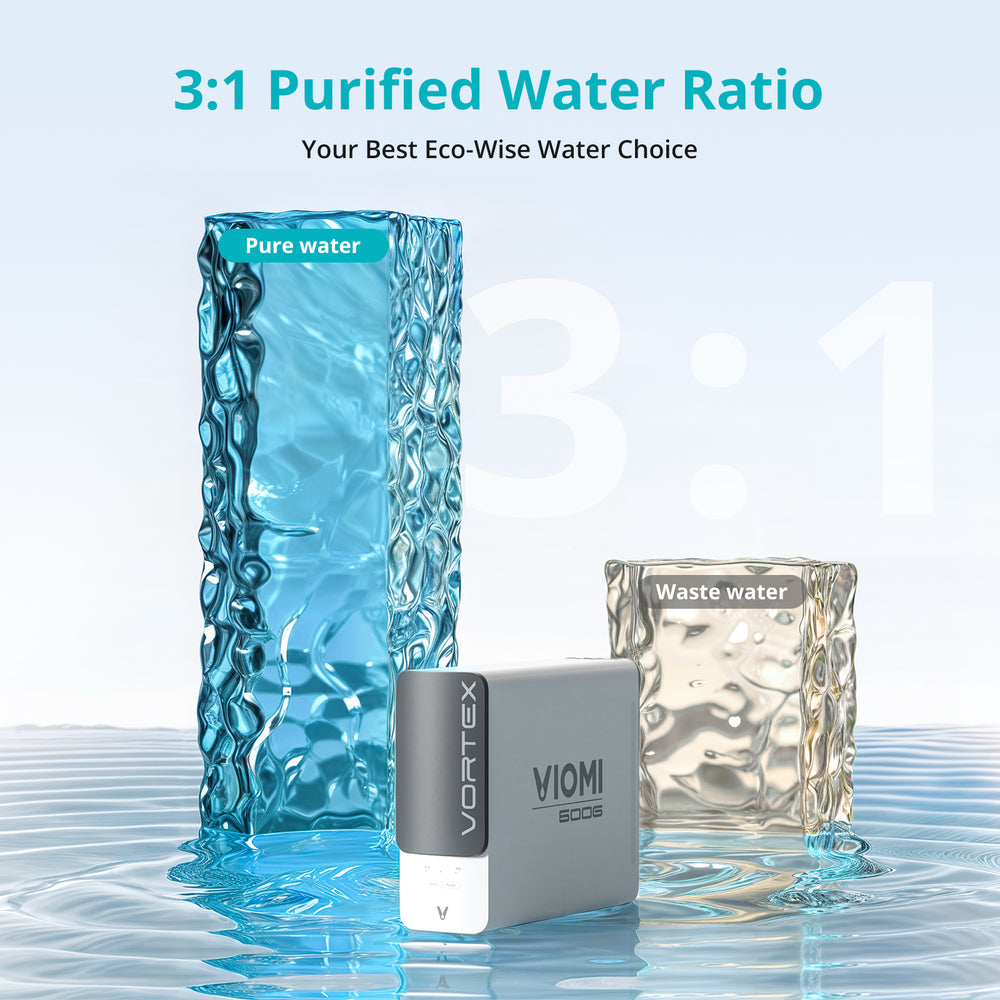Unlock the Secrets of Water Purity: Reverse Osmosis vs. Ultrafiltration Revealed!
Water purity plays a crucial role in our daily lives; it impacts our health, cooking, and overall well-being. With the increasing concern over water quality, water filtration systems have become essential in ensuring that we consume safe drinking water. Among the various filtration methods available, reverse osmosis and ultrafiltration stand out as two of the most popular technologies. Reverse osmosis, often abbreviated as RO, is a process that utilizes a semipermeable membrane to remove contaminants from water. Conversely, ultrafiltration employs a membrane that allows water to pass through while filtering out larger particles. This article aims to explore the differences between these two filtration methods, helping you make an informed choice for your water purification needs.

Understanding Water Filtration
Water filtration is the process of removing impurities from water to make it safe for consumption. With contaminants ranging from sediment and chlorine to bacteria and viruses, the necessity for effective filtration cannot be overstated. Filtration systems work on the principle of separating unwanted substances from water through physical barriers, chemical processes, or biological treatments. Various technologies are available today, including activated carbon filters, ceramic filters, reverse osmosis, and ultrafiltration. Each method has its unique mechanism and efficiency, making it essential to understand which system best suits your needs. For instance, while some systems focus on removing specific chemicals, others may be designed to eliminate microorganisms or heavy metals. This diversity in technology underscores the importance of choosing the right filtration system based on the specific contaminants present in your water supply.
What is Reverse Osmosis?
Reverse osmosis is a sophisticated water purification process that involves forcing water through a semipermeable membrane. This membrane is designed to allow only water molecules to pass through while blocking larger molecules, such as salts, minerals, and other contaminants. The effectiveness of reverse osmosis is attributed to its ability to remove up to 99% of dissolved salts, including heavy metals like lead and arsenic, as well as microorganisms such as bacteria and viruses. Common applications of reverse osmosis include residential drinking water systems, industrial processes, and desalination plants. My friend Lisa recently installed a reverse osmosis system in her home, and she noticed a significant improvement in the taste and quality of her drinking water. She mentioned that the system also alleviated her concerns about potential contaminants, making it a worthwhile investment for her family’s health.
What is Ultrafiltration?
Ultrafiltration is another effective water purification method that uses a membrane filtration technique to remove suspended solids, bacteria, and larger molecules from water. The membranes utilized in ultrafiltration have pore sizes ranging from 0.01 to 0.1 microns, allowing them to filter out contaminants while permitting water and smaller molecules to pass through. Ultrafiltration is particularly efficient at removing macromolecules, colloids, and some pathogens, making it suitable for treating surface water, wastewater, and even in food and beverage processing. Compared to reverse osmosis, ultrafiltration typically requires less energy and is simpler to maintain. My neighbor Tom opted for an ultrafiltration system for his farm, where he needed clean water for his livestock. He found that it effectively filtered out contaminants without the added complexity of a reverse osmosis setup.
Key Differences Between Reverse Osmosis and Ultrafiltration
While both reverse osmosis and ultrafiltration are effective filtration methods, several key differences set them apart. First, their filtration capabilities vary significantly; reverse osmosis is adept at removing a broader range of contaminants, including dissolved salts and heavy metals, while ultrafiltration primarily targets larger particles and microorganisms. Second, energy usage is a crucial consideration; reverse osmosis systems generally consume more energy due to high-pressure requirements, whereas ultrafiltration operates at lower pressures and is more energy-efficient. Maintenance is another factor to consider; reverse osmosis membranes may require more frequent replacement and cleaning due to fouling, while ultrafiltration membranes tend to have a longer lifespan and require less upkeep. Cost-effectiveness also varies; while initial setups for both systems can be similar, the ongoing maintenance and replacement costs may differ, depending on the specific contaminants being filtered. In scenarios where high purity is essential, such as in drinking water production, reverse osmosis may be preferred. However, for applications that require less stringent filtration, such as irrigation or livestock watering, ultrafiltration could be the more economical choice.
Making an Informed Choice
In summary, understanding the differences between reverse osmosis and ultrafiltration is vital for making an informed decision about your water filtration needs. While both methods have their unique advantages, your choice should be guided by your specific water quality requirements and the contaminants you aim to remove. Whether you prioritize thorough purification or energy efficiency, selecting the right system can significantly impact your health and well-being. As you contemplate your options, consider factors such as the type of contaminants in your water, maintenance preferences, and budget to ensure you choose the best filtration solution for your home or business.



